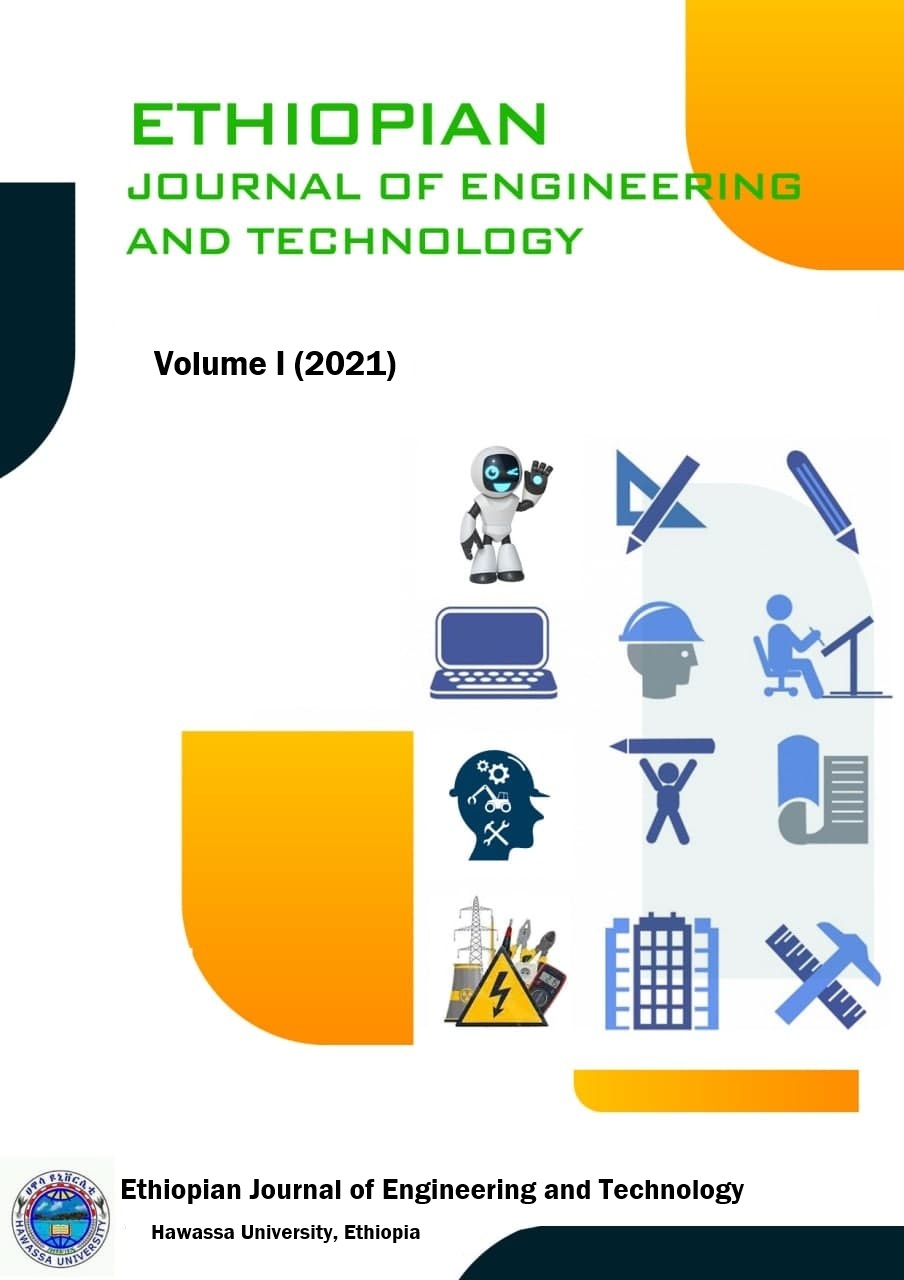Impact of Aggregate Washing and Blending on Concrete Compressive
DOI:
https://doi.org/10.82127/4x0amy44Keywords:
Aggregate, Blending, Compressive Strength, Concrete, WashingAbstract
The quality of constituent materials used in the production of concrete highly depends on physical and mechanical properties as well as the chemical composition of the parent aggregate-making material. At approximately 70 percent by volume, the aggregate takes up the largest part of concrete production; for this reason, the quality of the ingredients used in the production of the concrete plays an important role and has a direct impact on the strength development of the concrete. In the Ethiopian construction industry, the aggregate used to make concrete does not meet the standard requirements. By standardizing the fine and coarse aggregates used for concrete production, the strength performance of concrete can be increased. The aim of this research work was to evaluate the influence of washing and blending aggregates on the concrete compressive strength of concrete. To achieve the research goal, the aggregates used to produce the concrete were collected, and laboratory tests were carried out on the aggregate samples and on the concrete mixtures. The findings showed that washing and mixing the aggregate improved the compressive strength of the concrete produced. For the controlled concrete mixes made with standardized aggregate by washed sands and blended aggregates, from 12.04% to 18.48%, 15.68% to 33.52% and 16.37% to 28.2% was an increase in compressive strength on the 3rd, 7th, and 28th days, respectively, achieved for C25 concrete grade, and from 10.17% to 27.37%, 20.35% to 25.95% and 23.42% to 28.96% increases in compressive strength was obtained at the 3rd, 7th and 28th days, respectively, for C-30 concrete grade.

